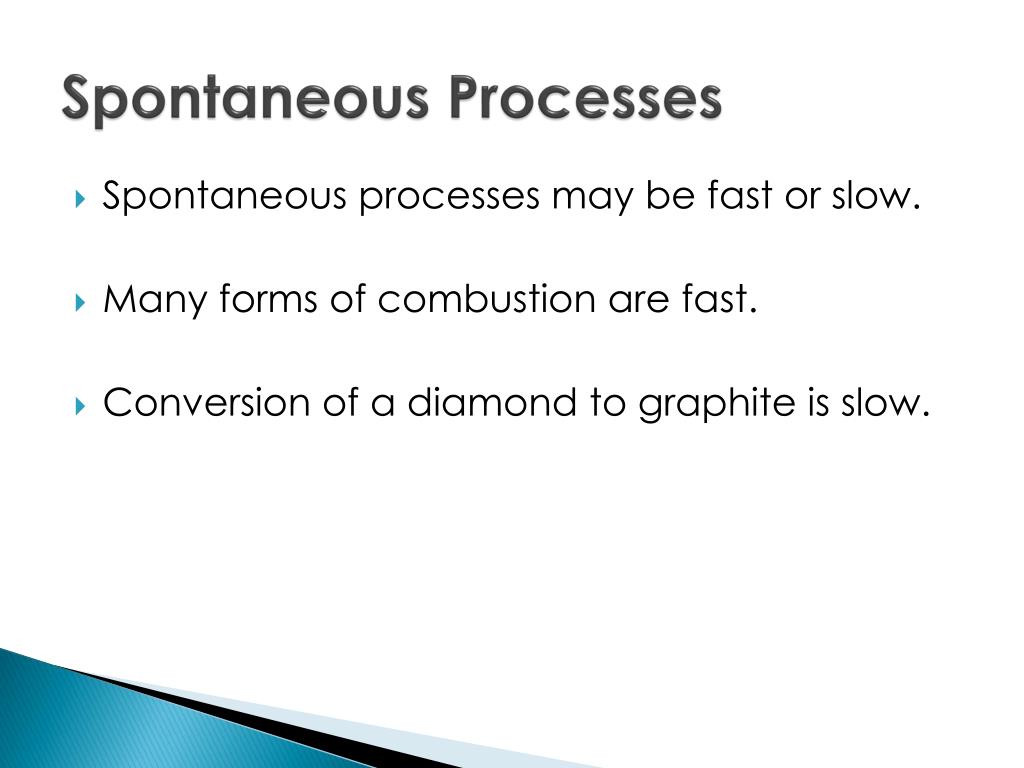

In ideal cases, this symbiotic relationship results in metacognition facilitating or optimizing spontaneous thought processes, so that they become more creative, less intrusive, and more likely to lead to novel conclusion and realizations. We argue that at both the cognitive and neural levels, these phenomena appear to involve an intricate balance whereby spontaneous thought is allowed to arise naturally while at the same time accompanied by metacognitive monitoring of one’s mental content and state of awareness. Instead, we outline and discuss three examples of positive, facilitative interactions: creative thinking, mindfulness meditation, and lucid dreaming (being aware that one is dreaming while dreaming). In this chapter, we argue that this "negative" or suppressant view of their interactions represents only a part of the whole picture. According to the standard view of their interaction, metacognition serves to correct the wandering mind, suppressing spontaneous thoughts and bringing attention back to more "worthwhile" tasks. In this chapter, we will argue that despite the apparent gulf between MW and metacognition, some of the most intriguing mental phenomena we humans are capable of experiencing involve an intimate, dynamic interplay between MW and metacognition. The neural correlates of MW and metacognition may also appear strictly distinct at first, considering the almost exclusive focus on default network regions’ involvement in MW, in contrast to the emphasis on higher order prefrontal regions’ role in metacognitive processing. Metacognition, by contrast, involves the conscious, often intentional monitoring and evaluation of our own mental processes and behaviors. MW involves undirected, spontaneous thought processes that often occur without our volition and sometimes despite our intentions. Mind wandering (MW) and metacognition may give the impression of lying at the opposite poles of the spectrum of human cognition.


 0 kommentar(er)
0 kommentar(er)
